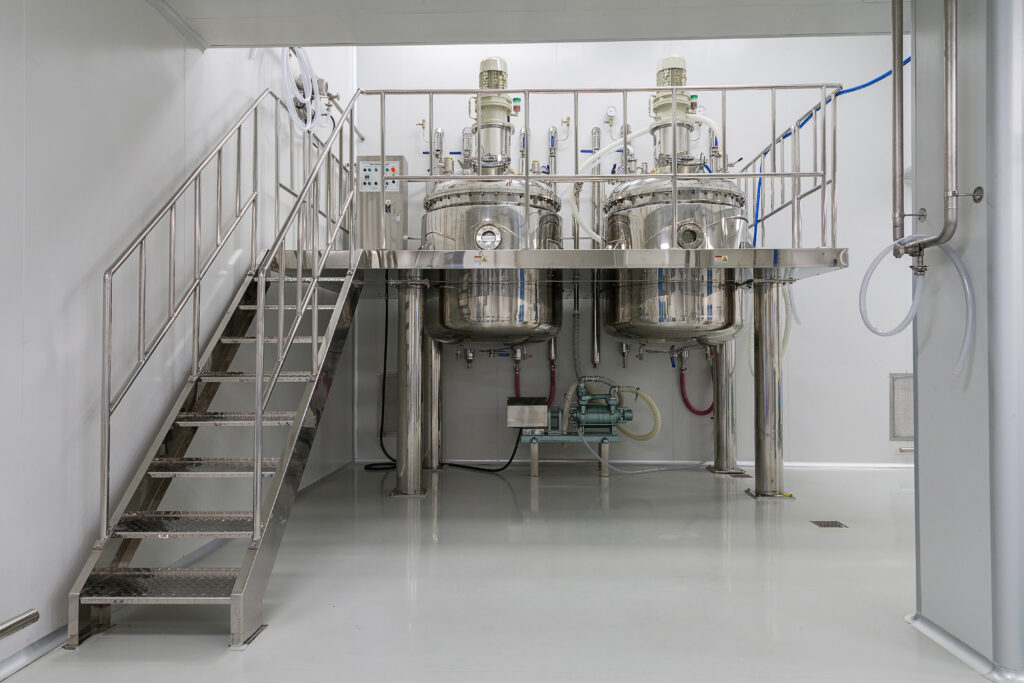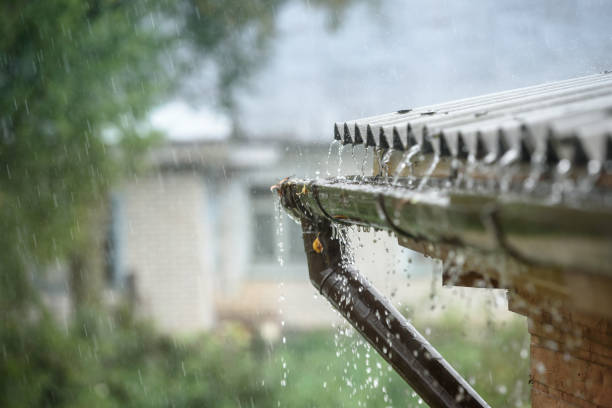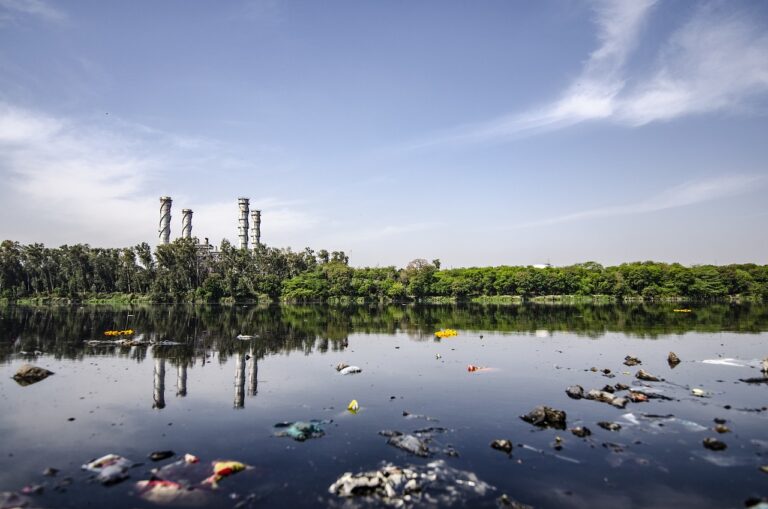Rainwater Harvesting System
Rainwater Harvesting System
Rainwater harvesting is a process of collecting and storing rainwater for various uses, such as irrigation, toilet flushing, laundry, and even for drinking purposes in some cases. It involves capturing rainwater that falls on roofs, surfaces, or catchment areas, and directing it into storage tanks or reservoirs for later use.
Components of a rainwater harvesting system typically include
-
Chemical Storage
Tanks or containers for holding the chemicals or reagents that need to be dosed.
-
Dosing Pump
A pump designed to accurately and consistently deliver a controlled amount of the chemical into the fluid or process.
-
Control System
Often automated, this system regulates the dosing pump based on predetermined parameters such as flow rate, pH levels, turbidity, or other relevant factors.
-
Sensors
These measure the variables that determine the dosage, such as pH sensors, flow meters, turbidity sensors, etc.
-
Mixing/Reaction Chamber
In some cases, the dosed chemical needs to mix with the fluid or react with other components. A mixing or reaction chamber facilitates this process.

-
Catchment Area
This is the surface area where rainwater is collected, usually the roof of a building. The rainwater flows down the roof and into the system.
-
Gutters and Downspouts
Gutters are installed along the edges of the roof to collect rainwater and channel it towards downspouts, which direct the water into storage tanks.
-
Storage Tanks/Reservoirs
Rainwater is collected in storage tanks or underground reservoirs. These containers can vary in size and material, and they store the harvested rainwater until it’s needed.
-
First Flush Diverters
These devices ensure that the initial rainfall, which might contain more contaminants from the roof, is diverted away from the storage tanks to improve the quality of stored water.
-
Overflow System
Excess rainwater is diverted away from the storage tanks when they are full to prevent flooding.
-
Treatment and Filtration (Optional)
Depending on the intended use of the harvested rainwater, some systems incorporate treatment and filtration methods to improve water quality.



Join Us in Our Mission & Vision
Become a part of our journey to get relived from your problems, create experiences, achieve goals. Whether you're an individual looking for product/service or a business seeking product/service, we're here to make a difference together.
